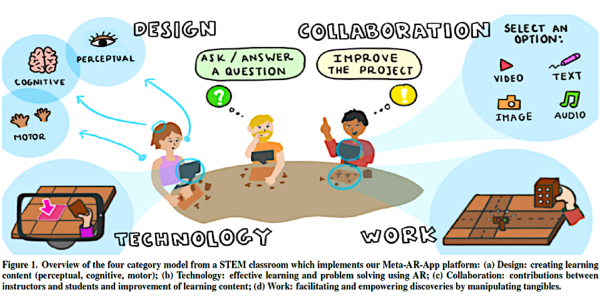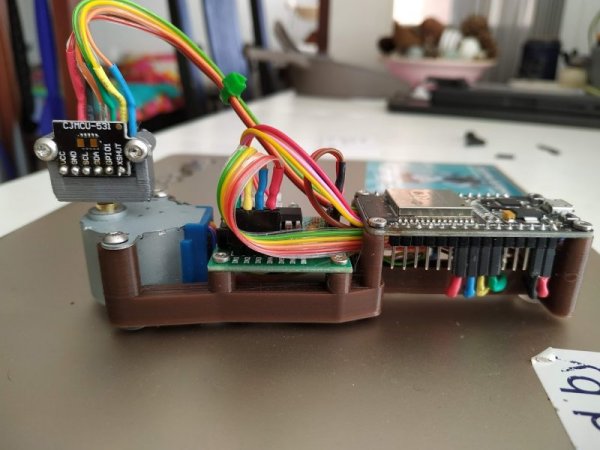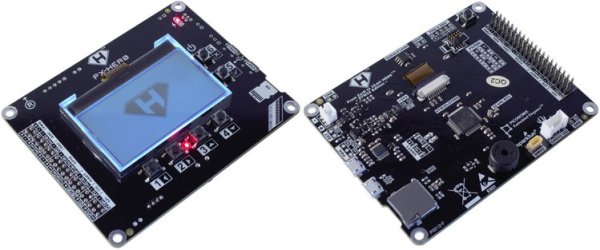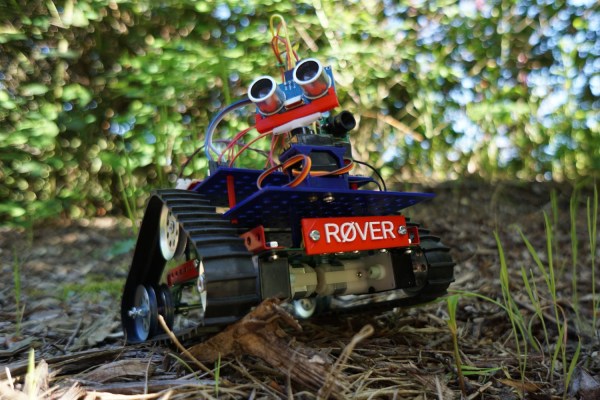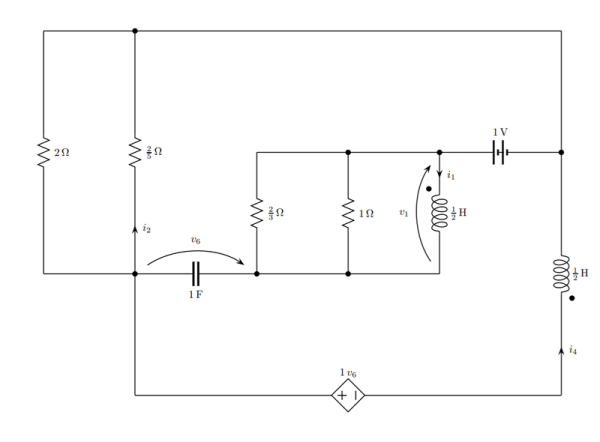Augmented reality (AR) in the classroom has garnered a bit of interest over the years, but given the increased need for remote and virtual learning these days, it might be worth taking a closer look at what AR can offer. Purdue University’s C Design Lab thinks they’ve found a solution in their Meta-AR platform. The program allows an instructor to monitor each student’s work in real-time without being in the same classroom as the student. Not only that, but the platform allows students to collaborate in real-time with each other giving each other tips and feedback while also being able to interact with each other’s work, no matter where they may be physically located.
What we find really cool is the real-time feedback the software provides to the students. The system can sense what the students are touching and can help students in their given task, providing real-time feedback on what they are doing, how things should fit together, and what type of outcomes the students can expect given their trajectory. It also appears the system isn’t limited to AR markers but provides a very expansive toolbox for instructors and students to build on. C Design Lab is doing quite a bit of user feedback studies, continually incorporating input from students to further the platform. That’s definitely critical to ensuring the system is user-friendly.
We can easily see how something like this might scale to an industrial setting for training people how to use complex machinery, to a medical school to help prepare students to do surgery or to help develop molecular diagnostics tools. Check out the other learning tools C Design Lab is developing.

